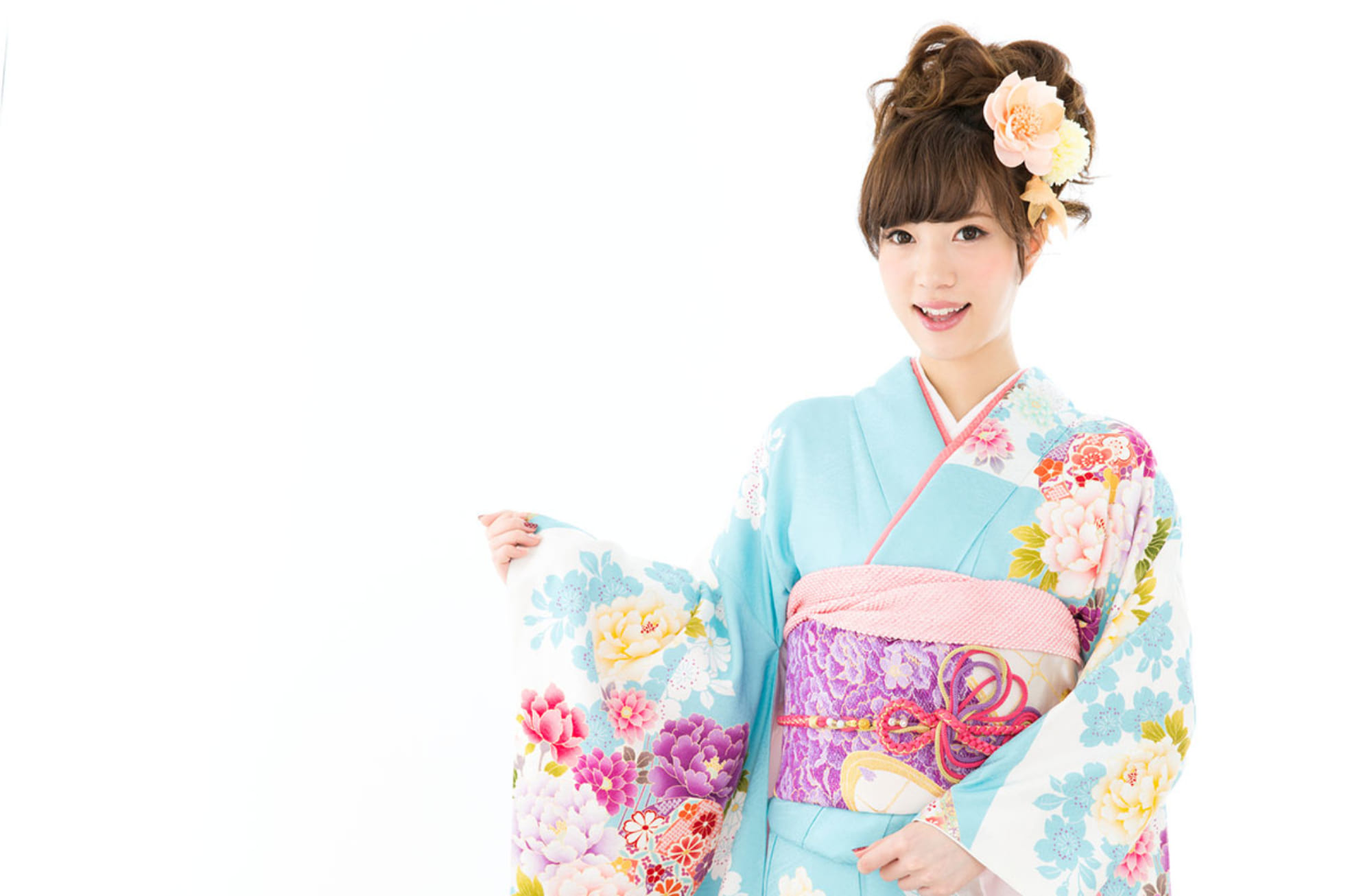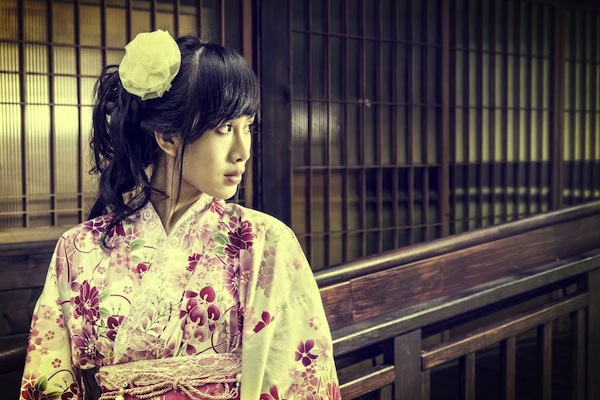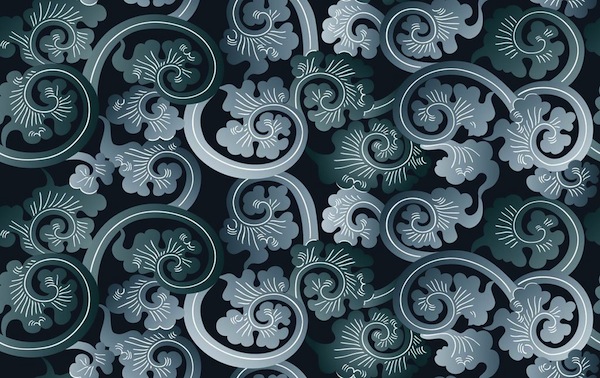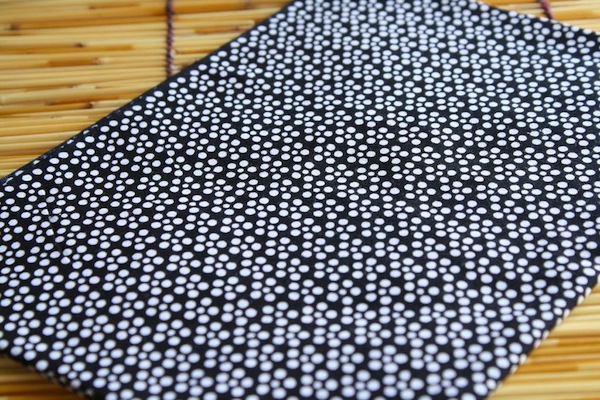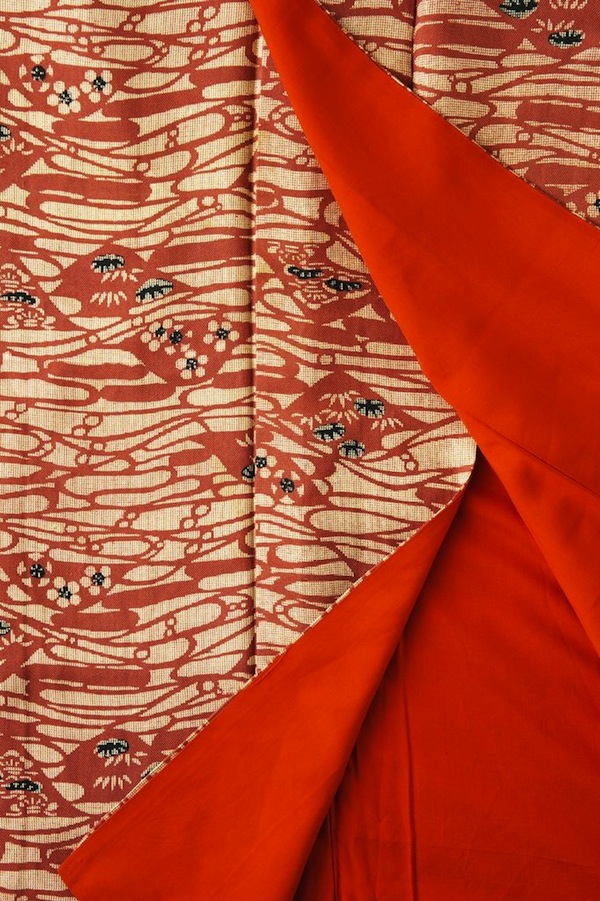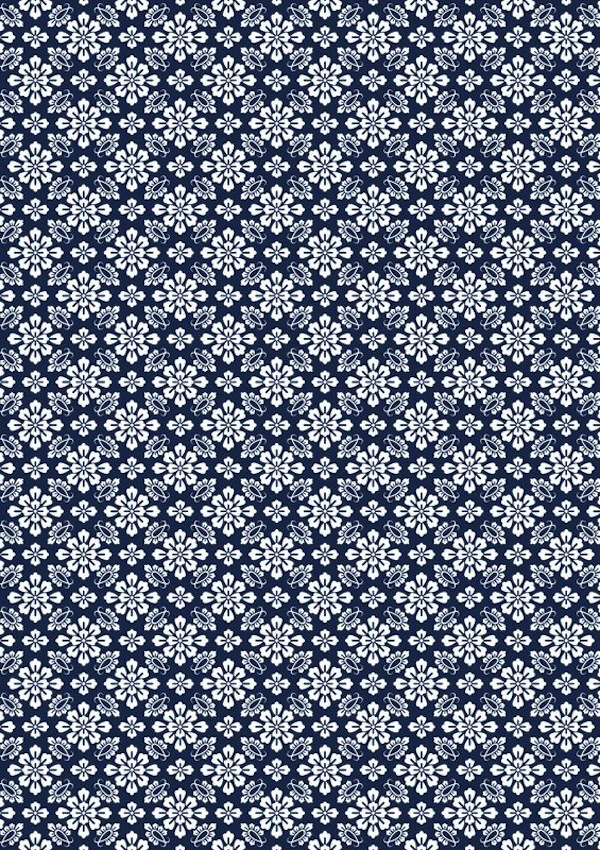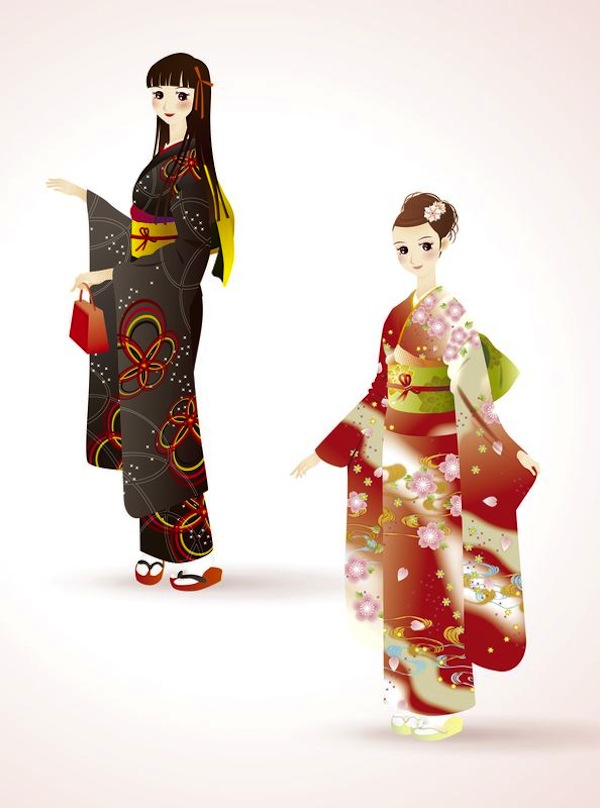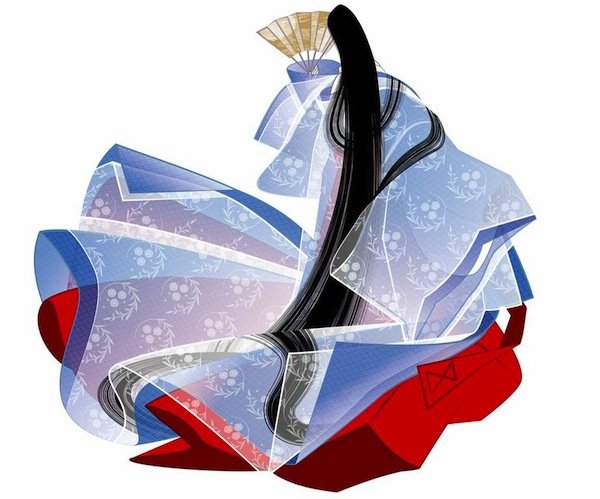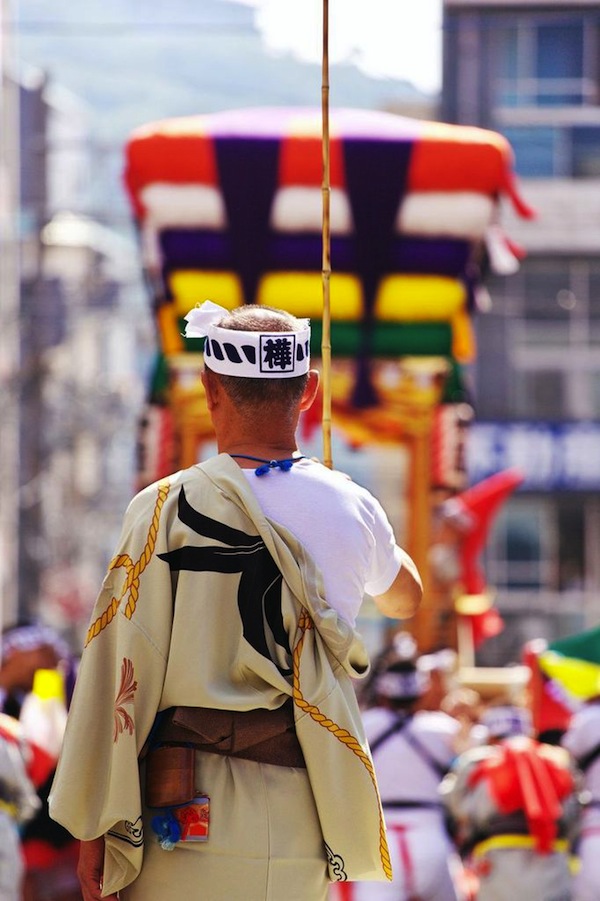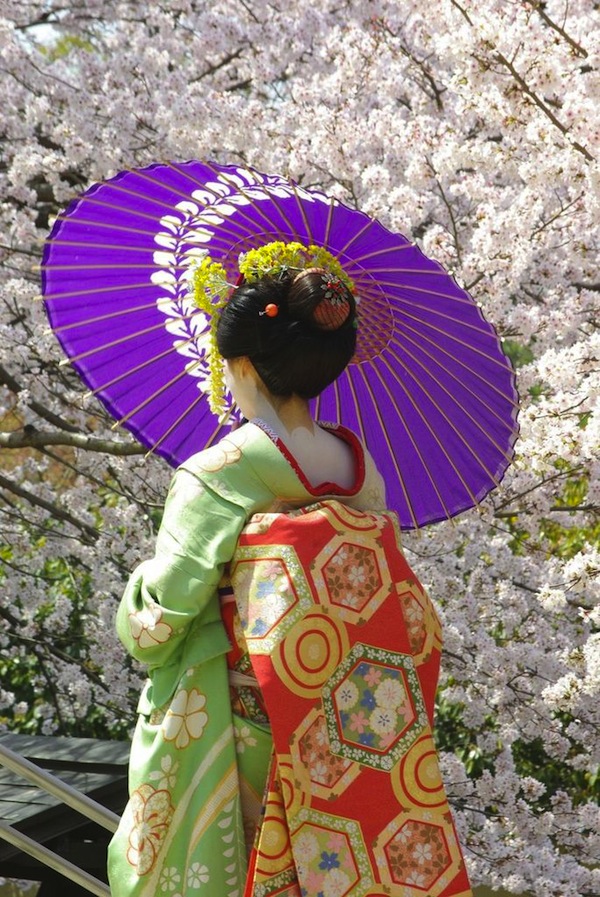
Aizome (Indigo Dyeing)
Aizome is a blue color dye. It uses the leaves of Persicaria tinctoria which is in the buckwheat family, so called Chinese indigo. It’s produced all over Japan, while especially famous production area is Tokushima prefecture. There are two kinds of dyeing methods; “Namabazome” (Primary leaf dyeing using the freshly-harvested leaves) and “Tatezome” (Fermented leaf dyeing). The fermented leaves used for Tatezome are called “Sukumo” and indigo color is generated in the process of fermentation.
Regarding Namabazome, fresh leaves are required and it can dye silk but neither cotton nor linen. So, “Aizome” generally means Tatezome. However, Namabazome is popular among the common people to dye a small amount because it does not require special tools or technique and makes a brilliant blue color. “Aiiro (Indigo color)” means the deep blue color and it needs dyeing by Tatezome method for certain times to make such color. If it has been dyed only for a few times, the color will be pale and called “Kamenozoki (looking into a pot)” or “Mizuiro (Aqua color)”.
